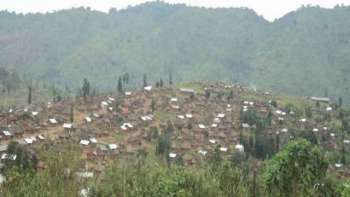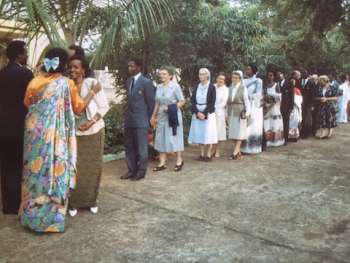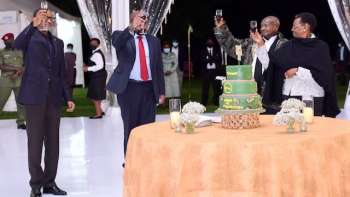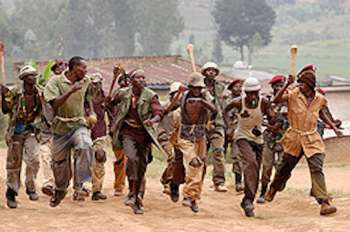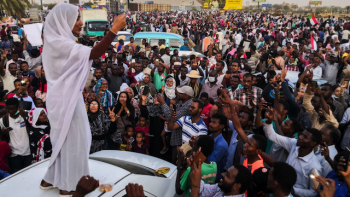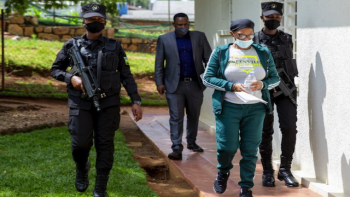In the night of January 6th to 7th, unidentified assailants attacked the sleepy village of Miriki, in South Lubero, North Kivu, the Democratic Republic of the Congo (DRC) and massacred 18 people with machetes. The targeted massacres appeared well coordinated and with seemingly political undertones. Most of the killed are family members and relatives of traditional chiefs from the Nande tribe. The local authorities and the United Nations peacekeeping forces, MONUSCO, were quick to accuse the Rwandan rebels of the FDLR and Congolese Hutus of being behind the attacks. However, the population rather accused members of FARDC troops of being behind the attacks, with the help from the Congolese refugees, affiliated with the former Congolese rebel movement, CNDP, resettled in camps of Luofu, in South Lubero. Given the conflicting accounts, AfroAmerica has tried to dig deeper, with informations from MONUSCO staff, Congolese leaders, and the local population. Based on the information, AfroAmerica has reconstructed the scenario of what may have happened.
The attacks by the unidentified assailants happened around 3:00 AM on January 7, 2016. 16 people were killed, mostly from the family of the local chiefs Murandia and Mugharamba. After the attacks, civilians from Miriki and surrounding villages fled to the villages of Luofu, Kayna, Kasando, Kirumba, Mighovwe, et Kanyabayonga.
The attacks happened at less than 300 m of a FARDC position and 500 m away from a MONUSCO troops position. During the attacks, neither FARDC nor MONUSCO troops intervened.
However, after the attack, one of the attackers allegedly sent an SMS written in the Rwandan language to a FARDC commander briefing him about the success of the mission. Even before the attack, Congolese refugees housed in camps in Luofu, South Lubero, had started to invade the farms of Nande seeking food. The loocal Nande population has often accused FARDC troops to be part of the looters. Tensions were high between Nande, one the one side and Congolese Tutsis and Hutus, on the other, MONUSCO and local traditional chiefs had held meetings to calm the situation.
After the Miriki massacres, fed-up local population attacked FARDC positions. FARDC troops shot and killed 1 person and injured 3. The Nande population specifically accuse the commanders of the FARDC battalion 30401, based in Kasando to be involved in the on-going massacres. FARDC battalion 30401 is mostly composed of former Congolese rebels from CNDP, backed by Rwandan security forces. The Nande population point to a similar massacre committed by CNDP and Rwandan troops, in Miriki on July 7, 2009, where they killed several Nande civilians with machetes.
Congolese opposition leaders have been quick to suspect President Kabila. They point to a recent visit in North-Kivu and an immediate decision to redeploy to Lubero troops based in Beni where they were fighting ADF. The opposition leaders contacted by AfroAmerica Network said that President Kabila wants the entire North-Kivu and South-Kivu regions, whose populations are fiercely opposed to him to remain in war and chaos, throughout 2016, so that he may remain in power under the state of emergency.
One opposition leader from the Nande tribe told AfroAmerica Network that he has talked to MONUSCO officials giving specific information on who ordered the Miriki massacres, what FARDC troops were involved and what the objectives are. MONUSCO officials have promised to use the information in their investigations. The opposition leader said that the next target for violences is the region where, Goma, the provincial capital is located.
Meanwhile, the Nande population in Miriki and Lubero are mourning and asking why FARDC and MONUSCO troops are unable to protect them.





